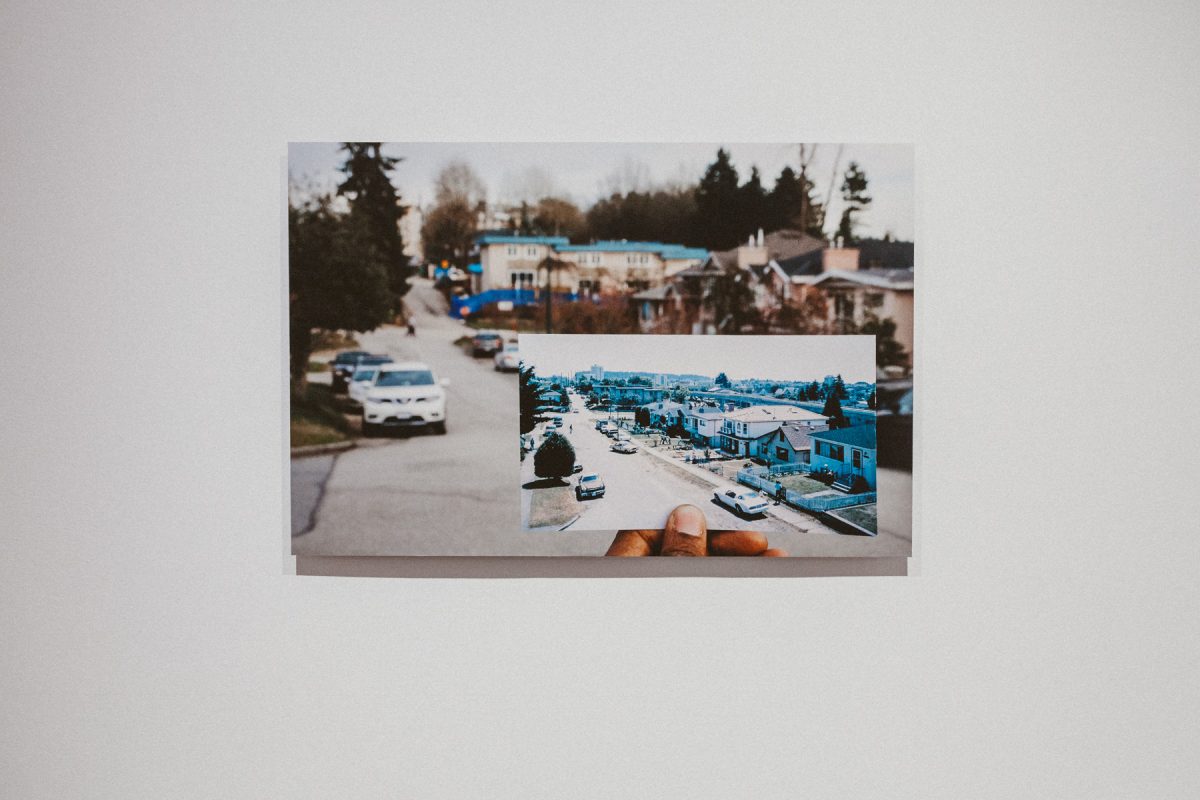STAY-AT-HOME ACTIVITIES | FAMILY : BEING TOGETHER #7
Deanna Bowen’s exhibition A Harlem Nocturne is like a library - an unusual one, with videos draped in cloth, life-size sculptures, newspapers stacked on the floor, and even a huge, dark mirror. Walking around the exhibition you might hear jazz, echoing through a stairway, or the sound of someone talking. You can watch an old TV broadcast, or two dancers together on a dark stage.
In A Harlem Nocturne we see many ways Bowen is spending time with her family members, even from far away. She explores places they lived, things they made, songs they danced to. She shows us some of the things they lost, or were afraid of.
Most of us are still far away from family and friends. Some of us had to say goodbye to someone this year. Or, we wonder about family we never knew. When a person no longer moves and talks, when we can’t call someone, hear their voice, or share a meal with them, are there still ways to be with them?

WEEK ONE : collecting
You can make this memory collection as a zine, but also as a recording, following the prompts by speaking or singing about the person you are remembering; or, as a video, whether signing or speaking another language. And, you can make this memory collection about an ancestor you didn’t know, using your imagination to fill in gaps.
Make a small zine (instructions), or collect a stack of papers.
- Think of someone you miss (or someone you wish you knew). On the first page, write their name.
- What languages did they speak? Think about what their voice sounded like. On the second page, write down something they often said, in the language they most often spoke.
- When you think of this person, what comes to mind? On the third page, draw, write, or collage an image of something that reminds you of them. Maybe it’s a kind of food, or an object, or a colour.
- Do you have a photo of them? On the fourth page, use this photo to draw them. Or, write down a description of the photo. Pay attention to details: what shape does their mouth make? What is the angle of their shoulders? What material or texture are their clothes? If you don’t have a photo of them, use a picture of yourself to try and remember or imagine their face.
- What was their neighbourhood or their home like? On the fifth page, draw or write symbols of a place they lived.
- On the sixth page, write to them, or draw them a picture. What do you want to tell them?